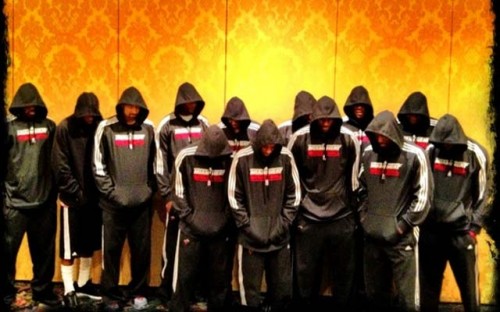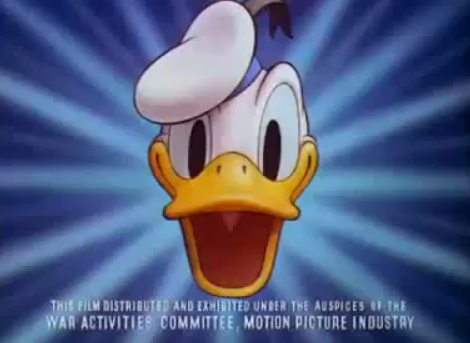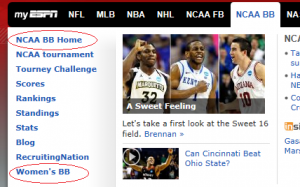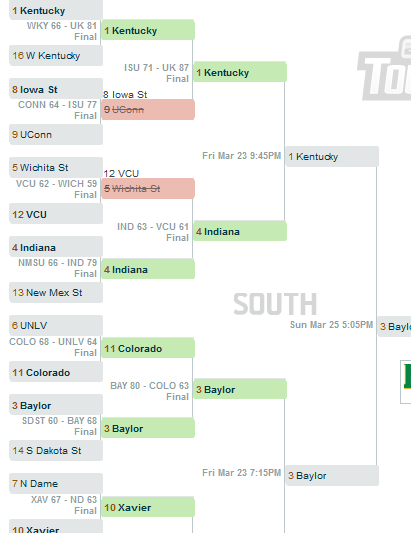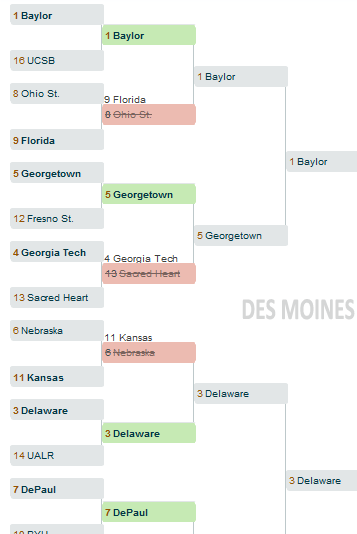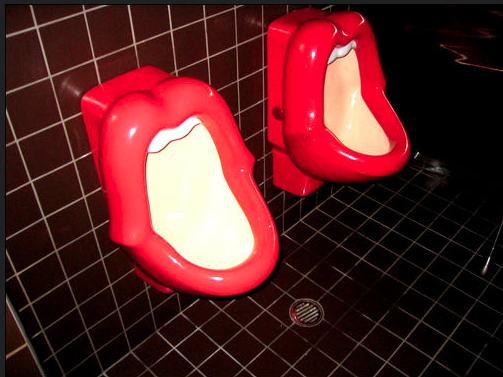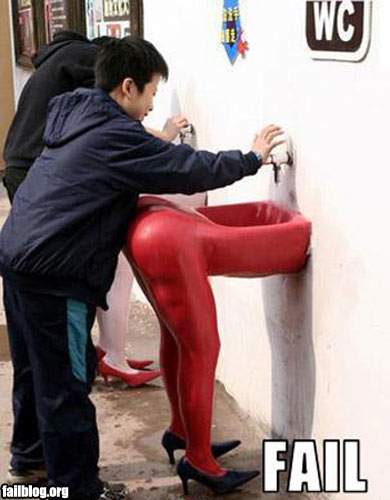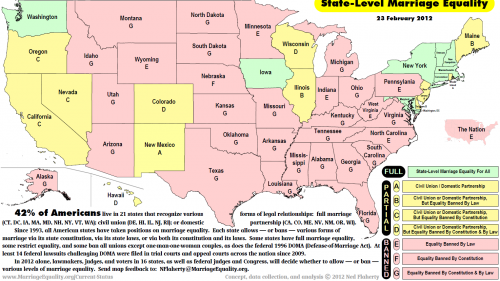Cross-posted at Ms.
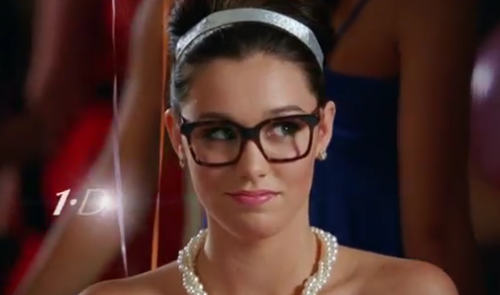
Abby F. and an anonymous reader let us know about an Acuvue contact lens commercial aimed at teens that reinforces both gender and racial stereotypes. The teens look forward to their futures. For the boys, these involve future career success — notice the African American teen dreams of being a famous athlete, while the White boy’s future involves moving up the corporate career ladder. And what does the girl’s life hold? A boy who currently ignores her will want to dance with her.
As the submitters said, the boys are future role models and leaders, while the height of the girl’s future is that she gets to be desired.
UPDATE: James McRitchie, who posts at Corporate Governance, linked to our post last week and has spoken to someone in the PR department at Johnson & Johnson, the makers of Acuvue. The company has since pulled this particular ad, and provided this explanation, which James posted:
The Acuvue Brand Contact Lenses 1-Day campaign was designed to portray defining moments in teens’ lives that often involve the desire to wear contact lenses rather than glasses, such as when playing sports, in social situations, and at life events (i.e., moving to a new school). As the campaign evolved, we continued to ask teens and their parents to share their thoughts about how wearing contact lenses could play a role in helping teens achieve their dreams. We received thousands of responses that helped us add new ideas to the campaign.
We recently received feedback about one ad in the campaign that regrettably appeared to reinforce stereotypes. While this was clearly not our intent, we appreciate consumer feedback and have removed this ad. We are currently reassessing elements of this campaign so that we can continue to share how contact lenses can play a role helping teens’ realize their hopes and aspirations.
I think James makes a very good point in his post as well:
I’m sure kids have all kinds of dreams that play into society’s stereotypes. Many little girls love Barbies and dream of being a princess. Many young black boys hope to be NBA stars. How does J&J reflect the dreams of its customers while ensuring they don’t reinforce stereotyping?
There’s nothing inherently wrong with these representations in and of themselves, if they existed among a diverse array images of other dreams boys and girls of all races should aspire to. Unfortunately, however, they don’t exist in a vacuum; they appeared in a cultural context in which young women are told, via a variety of messages that they encounter over and over again, that their primary concern should be their attractiveness to boys and where African American teens often find themselves valued for their athletic ability more than their academic successes. When you live in a society with gender and racial inequality, sometimes messages intersect with existing stereotypes in ways that reinforce negative messages just because of their pervasiveness; figuring out how to negotiate such potential problems is an ongoing challenge for all of us concerned about racial and gender representation.
Gwen Sharp is an associate professor of sociology at Nevada State College. You can follow her on Twitter at @gwensharpnv.
